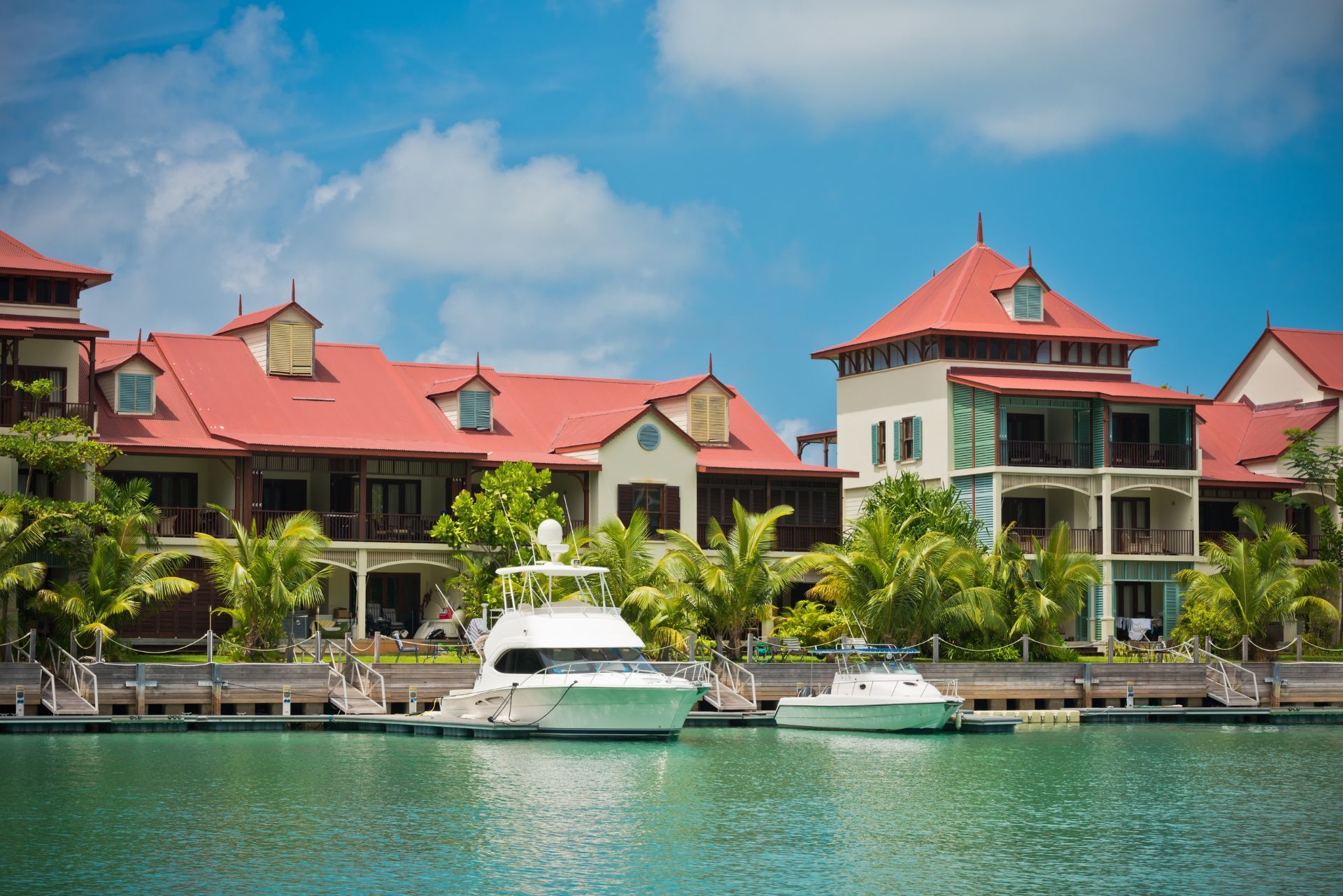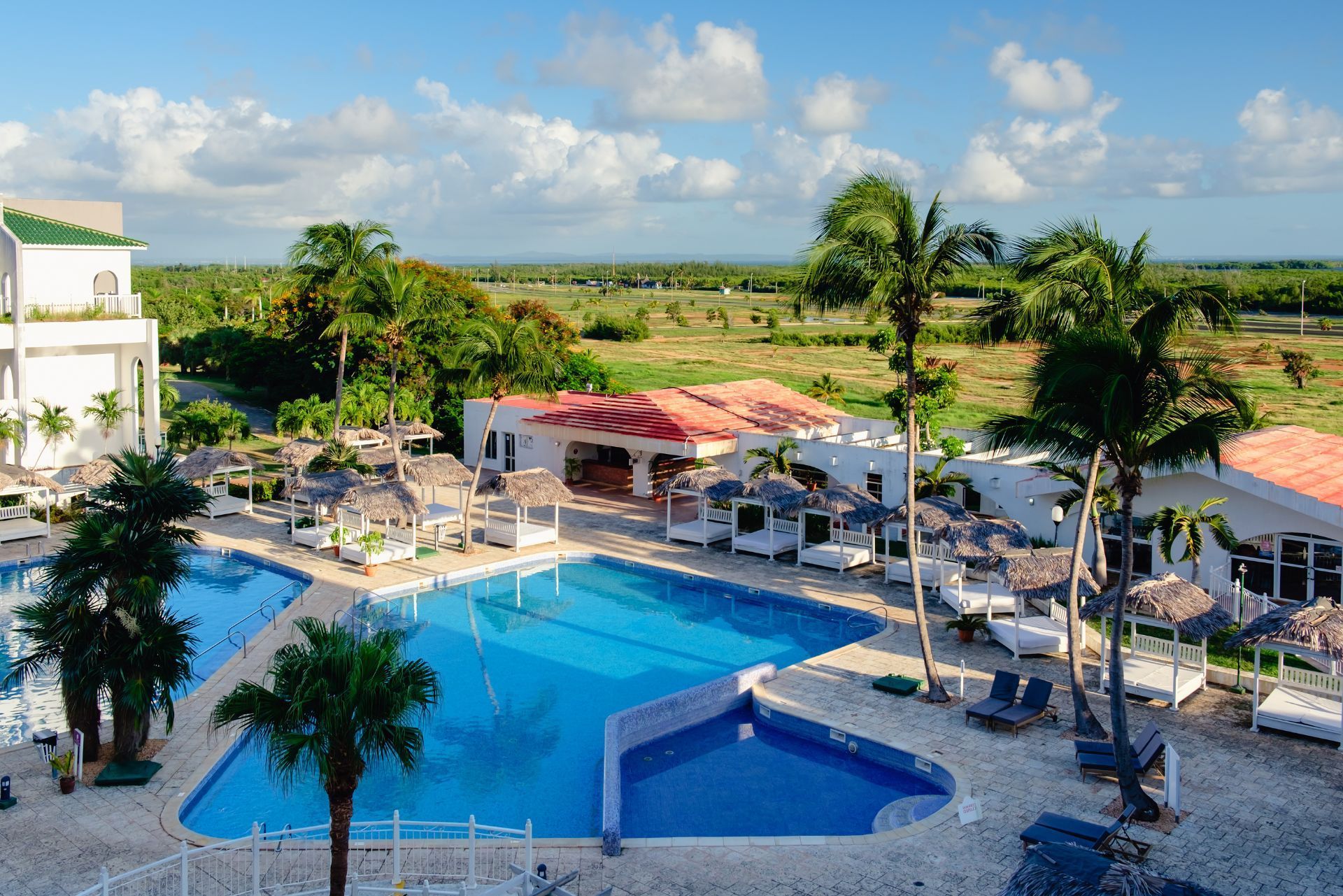Top 3 Recommended Policies

Florida’s booming resort industry and its attractive climate make it a prime destination for vacation homes and investment properties. However, securing property insurance in this state comes with unique challenges and considerations. With property insurance premiums having surged by 42.5% since 2019, understanding the nuances of Florida resort property insurance is more important than ever for homeowners, investors, and property managers alike. This comprehensive guide will walk you through the current landscape, key factors affecting insurance costs, and what you need to know to protect your resort property effectively.
For those interested in the broader market trends, Florida TaxWatch provides detailed insights into how the property insurance market has evolved in recent years.
Understanding Florida’s Property Insurance Market
Florida’s property insurance market is unlike many others in the United States due to its exposure to natural disasters, particularly hurricanes. This high-risk environment has historically led to volatility in insurance availability and pricing.
One of the key challenges has been the rising cost of claims related to hurricane damage, which has driven up premiums significantly. Since 2019, property insurance premiums in Florida have increased by 42.5%, reflecting the growing financial risk insurers face in the state. This surge has placed a strain on many property owners, especially those with resort properties that are often located in vulnerable coastal areas.
Adding to the complexity, the private insurance market has struggled to keep up with demand, resulting in over one million Floridians relying on Citizens Property Insurance Corp., the state-backed insurer of last resort. This highlights the ongoing difficulties the private market faces in adequately serving residents’ needs, especially in high-risk zones.
Recent Market Improvements and Legislative Reforms
Despite these challenges, there are signs of improvement. Legislative reforms aimed at curbing legal system abuse and fraud have helped stabilize the market. For example, Florida’s defense and cost-containment expense ratio—an indicator of litigation-related costs—fell dramatically from 8.4 in 2022 to 3.1 in 2023. This reduction has eased some of the financial burdens on insurers, contributing to a more sustainable market environment.
Furthermore, Florida’s property insurance market turned a modest profit after seven years of underwriting losses, signaling a positive shift. The approval of eight new property insurers by Florida’s regulator this year also indicates growing confidence in the state’s market potential. Sean Kevelighan, CEO of the Insurance Information Institute, expressed optimism: “Property insurers want to do business in a state like Florida, which is growing, and there is now some hope that this could eventually happen more and more.”
In addition to these legislative changes, the state has also implemented initiatives to encourage homeowners to invest in mitigation measures. Programs that provide financial incentives for storm-resistant upgrades, such as reinforced roofs and impact-resistant windows, have gained traction. These improvements not only enhance the safety of properties but also contribute to lowering insurance premiums over time. As homeowners take proactive steps to protect their investments, the overall risk profile of the state’s housing market may improve, potentially leading to more competitive rates from insurers.
Moreover, the growing emphasis on climate resilience has prompted discussions among stakeholders about the importance of sustainable building practices. Local governments are increasingly adopting stricter building codes that require new constructions to withstand severe weather events. This shift not only aims to protect residents and their properties but also seeks to create a more stable insurance landscape by reducing the frequency and severity of claims associated with natural disasters. As these measures take root, they may play a crucial role in shaping the future of Florida's property insurance market.
For more on these developments, the
Insurance Information Institute offers detailed updates.

Why Are Florida Resort Property Insurance Premiums So High?
Several factors contribute to the elevated insurance premiums for resort properties in Florida. Understanding these can help property owners make informed decisions and explore potential cost-saving measures.
1. High Exposure to Natural Disasters
Florida’s coastline is frequently impacted by hurricanes and tropical storms, which cause extensive property damage. Insurers factor this risk heavily into their pricing models. The increasing frequency and severity of hurricanes, as noted by Farmers Insurance when they exited the Florida market, have made it more costly for insurers to offer coverage.
Farmers Insurance cited rising claim costs, high reinsurance expenses, and market fraud as reasons for their departure. This exit reflects broader challenges within the market that directly impact premium rates for resort properties. Additionally, the geographical layout of Florida, with its long coastline and numerous islands, makes many properties particularly vulnerable to storm surges and flooding, exacerbating the risk profile for insurers. As climate change continues to influence weather patterns, the unpredictability of storm activity adds another layer of complexity to insurance pricing, compelling insurers to adopt a more conservative approach in their underwriting processes.
2. Litigation and Fraud Costs
Florida has historically faced a high volume of insurance litigation and fraudulent claims, which drive up costs for insurers. However, recent legislative reforms have helped reduce these expenses, as evidenced by the drop in the defense and cost-containment expense ratio from 8.4 to 3.1 in just one year. This is a promising sign for the future affordability of insurance in the state. Nevertheless, the legacy of high litigation rates still lingers, as many insurers remain cautious, wary of potential legal battles that could arise from claims disputes.
Moreover, the prevalence of “assignment of benefits” (AOB) agreements in Florida has contributed to the litigation landscape, where contractors can take over insurance claims and potentially inflate costs. This practice has led to a surge in lawsuits, further straining the resources of insurance companies. As a result, property owners must remain vigilant and informed about their rights and responsibilities regarding AOB agreements to avoid pitfalls that could lead to higher premiums.
3. Market Risk and Insurer Financial Health
Florida specialists have a direct premiums written-to-surplus ratio of 3.2x in 2024, compared to 1.7x for the US personal property composite. This means insurers in Florida are exposed to higher risk relative to their financial reserves, which can lead to more cautious underwriting and higher premiums.
Despite these risks, the market’s recent shift toward profitability after years of losses suggests that insurers are adapting their strategies to better manage risk and improve financial stability. This adaptation may include diversifying their portfolios, enhancing risk assessment tools, and investing in technology to streamline claims processing. As the market evolves, property owners may find opportunities to engage with insurers who are more willing to offer competitive rates, especially as they demonstrate improved risk management practices. Furthermore, ongoing discussions about regulatory reforms could lead to a more balanced environment for both insurers and policyholders, potentially easing the financial burden on resort property owners in the long run.
More information on market risk exposure can be found in the
A.M. Best report.
Key Considerations for Insuring Florida Resort Properties
When securing insurance for a resort property in Florida, several unique considerations come into play. These factors influence both the cost and the coverage options available.
Location and Property Characteristics
Properties located directly on the coast or in flood-prone areas typically face higher premiums due to increased risk. Elevation, building materials, and the age of the property also affect insurability and cost. Resort properties often have unique features such as pools, docks, and luxury finishes that may require additional coverage or endorsements. For instance, properties with extensive outdoor amenities may need specialized liability coverage to protect against accidents that can occur in these areas, such as slip-and-fall incidents around pools or injuries related to recreational activities like boating or jet skiing. Additionally, the local climate can influence the choice of materials used in construction; properties built with hurricane-resistant features may qualify for discounts on insurance premiums, making it essential to assess the property’s resilience against natural disasters.
Coverage Types and Limits
Standard property insurance policies cover damage from fire, wind, and other perils, but in Florida, additional coverage for hurricanes and flooding is essential. Flood insurance is typically purchased separately through the National Flood Insurance Program (NFIP) or private insurers. Understanding the limits and exclusions of your policy is crucial to avoid unexpected out-of-pocket expenses after a loss. Furthermore, it is wise to consider business interruption insurance, which can provide financial support in the event that the resort must temporarily close due to a covered peril. This type of coverage can help cover lost income and ongoing expenses, ensuring that the resort can recover more swiftly from unforeseen events. Additionally, reviewing the specifics of liability coverage is vital, particularly in high-traffic areas where guests may be more prone to accidents.
Choosing the Right Insurer
With several new insurers entering the Florida market this year, property owners have more options than in recent years. However, it’s important to evaluate the financial strength and claims handling reputation of insurers. Given the market’s volatility, selecting a reliable insurer can provide peace of mind and smoother claims experiences. It is advisable to seek out insurers that specialize in resort properties, as they will have a better understanding of the unique risks and coverage needs associated with such establishments. Additionally, consulting with an insurance broker who has experience in the Florida market can be beneficial; they can help navigate the complexities of various policies and find tailored solutions that align with the specific needs of the resort. Engaging in thorough research and obtaining multiple quotes can also empower property owners to make informed decisions, ensuring they secure the best coverage at a competitive rate.

How to Manage and Potentially Lower Your Insurance Costs
While Florida resort property insurance can be expensive, there are strategies to manage and potentially reduce premiums without compromising coverage.
Implementing Risk Mitigation Measures
Investing in hurricane-resistant windows, reinforced roofing, and elevated structures can significantly reduce risk and may qualify for discounts. Many insurers offer premium credits for properties that meet certain building codes or have installed approved mitigation features. Additionally, installing a comprehensive security system, including surveillance cameras and motion detectors, can further enhance your property's safety profile. Insurers often recognize these measures as a sign of reduced risk, which can lead to lower premiums.
Shopping Around and Comparing Quotes
Given the influx of new insurers and ongoing market changes, it pays to shop around. Comparing quotes from multiple companies can reveal differences in pricing and coverage that may benefit your specific property needs. It's also wise to consider the financial stability and customer service reputation of the insurers you are evaluating. Online reviews and ratings can provide insight into how well a company handles claims and customer inquiries, which is crucial when you need support the most.
Working with Experienced Insurance Agents
Agents familiar with Florida’s resort property market can help navigate complex policy options and identify the best coverage at competitive rates. They can also assist in understanding policy language and exclusions, ensuring you have adequate protection. Furthermore, an experienced agent can provide valuable advice on bundling policies, such as combining property and liability insurance, which can lead to additional savings. They may also be aware of any local or state programs that offer financial incentives for property improvements or disaster preparedness, further enhancing your ability to manage costs effectively.
The Future Outlook for Florida Resort Property Insurance
Florida’s property insurance market is showing signs of stabilization and improvement after years of challenges. Legislative reforms aimed at reducing fraud and litigation costs have made a tangible difference, and the entry of new insurers suggests growing confidence in the market’s potential. These reforms have not only encouraged competition but also provided consumers with more options, which is essential in a state known for its diverse range of properties, from beachfront condos to sprawling resort estates.
However, risks from natural disasters remain a significant factor, and property owners should remain vigilant in maintaining their properties and reviewing their insurance coverage regularly. With the Atlantic hurricane season becoming increasingly unpredictable, it is crucial for property owners to invest in preventative measures, such as storm-proofing their buildings and ensuring that their insurance policies adequately cover potential damages. Additionally, understanding the nuances of flood insurance is vital, as many standard policies do not cover flood-related damages, which can be particularly devastating in coastal areas.
For ongoing updates on the state of Florida’s property insurance market, The Insurer provides insightful analysis on market trends and forecasts. This resource is invaluable for both property owners and investors looking to navigate the complexities of insurance in a state that is both a paradise and a potential risk zone. Furthermore, engaging with local insurance agents who understand the unique challenges of Florida's climate can provide tailored advice and strategies that align with individual property needs.
As the market evolves, technological advancements are also playing a role in shaping the future of property insurance in Florida. Insurers are increasingly utilizing data analytics and artificial intelligence to assess risk more accurately and streamline the claims process. This not only enhances the customer experience but also helps insurers to set more competitive rates based on real-time data, which could lead to a more robust insurance landscape in the years to come. Property owners should stay informed about these developments, as they may open up new avenues for securing better coverage at more favorable terms.
Conclusion
Florida resort property insurance is a complex but essential aspect of owning property in this dynamic and risk-prone state. Understanding the factors driving premium costs, the impact of recent market reforms, and the importance of choosing the right coverage can help property owners protect their investments effectively.
With the market gradually improving and new insurers entering the space, there is hope for more competitive options in the future. Meanwhile, proactive risk management and informed decision-making remain key to navigating Florida’s unique insurance landscape.
Contact Us


